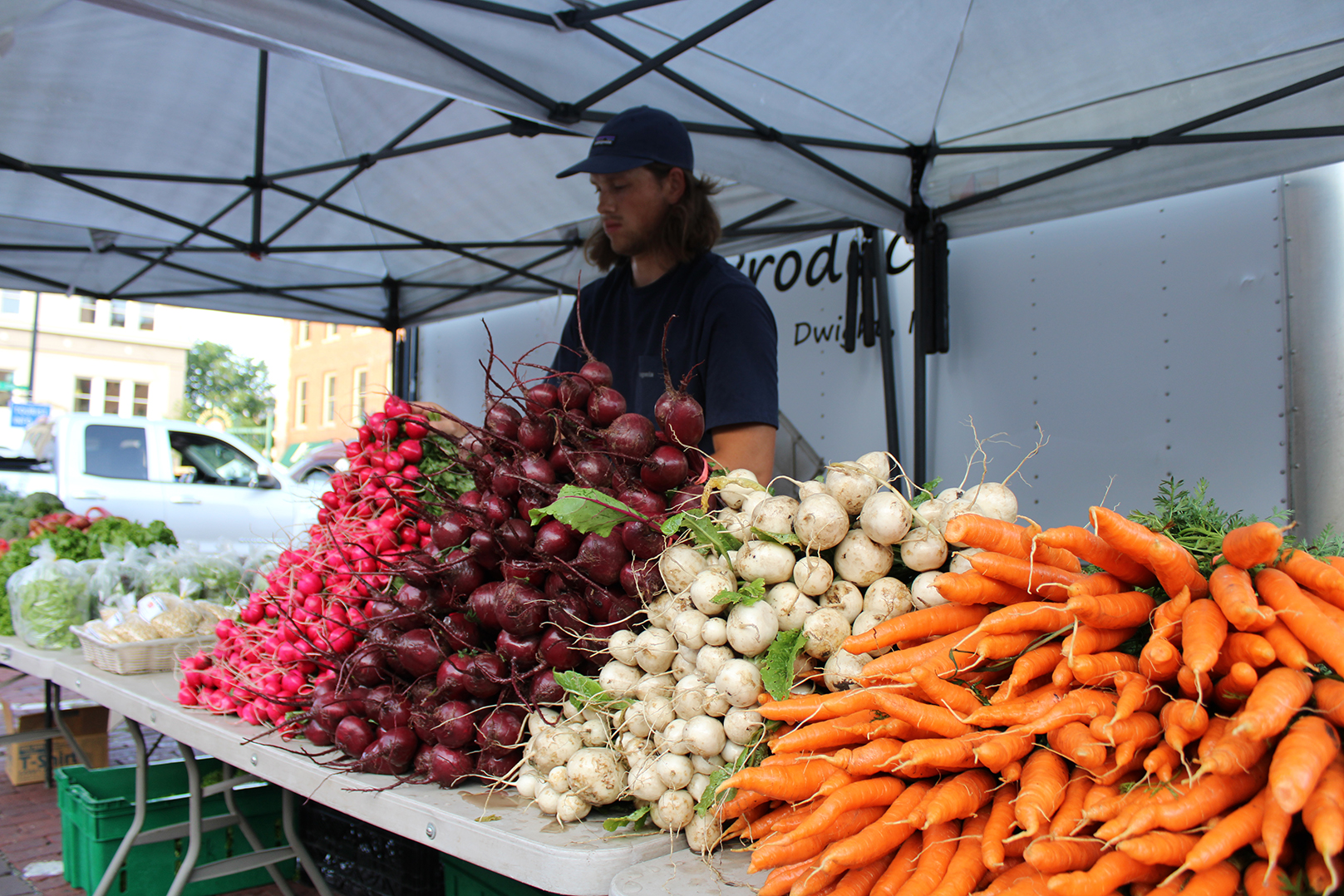
The University of Nebraska–Lincoln has received a $25 million cooperative agreement award from the U.S. Department of Agriculture for the creation of the Heartland Regional Foods Business Center. This award is among the largest ever received by the university.
The Heartland Regional Foods Business Center is among 12 such national centers the USDA will establish to serve all areas of the country. The Heartland center will serve Nebraska, Missouri, Kansas, Oklahoma and Iowa.
Rural Prosperity Nebraska, a UNL hub that helps connect Nebraska communities with university faculty, students and other resources, is leading the project in cooperation with 33 partners. Those partners include the Heartland Center in Lincoln and extension offices in participating states, as well as nonprofit organizations, and tribal and indigenous groups. Eleven percent of the funds will go to Rural Prosperity Nebraska, 36% will go toward the applicant partners, and 53% will go to business builders. The project is not to create a physical brick-and-mortar “center,” but rather an online platform to connect and strengthen locally grown food systems.
“USDA is excited to be partnering with Rural Prosperity Nebraska on this innovative and unprecedented initiative,” said Jenny Lester Moffitt, under secretary for marketing and regulatory programs. “By leveraging the expertise now available through these Regional Food Centers, USDA can offer unique support for local food systems development across the country.”
Mary Emery, executive director of Rural Prosperity Nebraska, said the award would help paint a clear picture of the farmers, distributors and other major players in the region’s local food system.
“You have all these different entities working with local foods — producers, grocery stores, local distributors, nonprofits, business developers, the Center for Rural Affairs, meat processing plants, extension offices, the Nebraska Regional Food Systems Initiative — and these are all puzzle pieces,” she said. “But we’ve never put the pieces together. What we want to do with this project is put the puzzle together and see the picture of how regional food systems work.”
As the regional food system comes into focus, Emery and other leaders can work to do a better job of connecting people to fresh, locally produced foods.
The inspiration for the proposal came from recognizing how underserved populations in rural communities often struggle to easily access local and healthy foods. This issue was exacerbated during the COVID pandemic, when long supply-chain lines became disrupted, leaving many communities without fresh foods. This project emphasizes the necessity to rethink local and regional food supply chains and how to strengthen them, Emery said. The center will do just that, providing an online interactive platform where buyers, sellers, producers, processors and market managers can communicate and collaborate at the local level.
Regional food health is a key focus area of Rural Prosperity Nebraska and an integral component of rural community vitality.
“It’s like two sides of a coin,” Emery said. “How do we get people to eat healthier if they can never access fresh, healthy food? And how do we get people more interested in producing fresh, healthy food that they can take to market? The farmers, the farmers markets, the cooperative grocery stores, the small rural grocery stores, the Double Up Food Bucks program — we want to bring all of them into the network.”
The 12 Regional Food Centers will target their work to historically underinvested communities in each region. While the Heartland Regional Foods Center will encompass the aforementioned states, when it comes down to the local level, it will also help Nebraska feed Nebraska. This not only benefits the health and quality of life for Nebraskans, but keeps money in the state, boosting local economies and creating more prosperous communities.
“We want to get the message out to producers who are producing fresh foods for local markets that there are resources out there for you, and we’re going to make it easier for you to find them,” Emery said. “To food consumers, we want to say we’re going to help you find more and better local, healthy foods.”
Rural Prosperity Nebraska brings together Extension professionals, faculty from across the University of Nebraska system and student fellows to work with community leaders to help make Nebraska’s rural communities more vibrant. Rural Prosperity Nebraska is housed within the university’s Institute of Agriculture and Natural Resources. Learn more.








